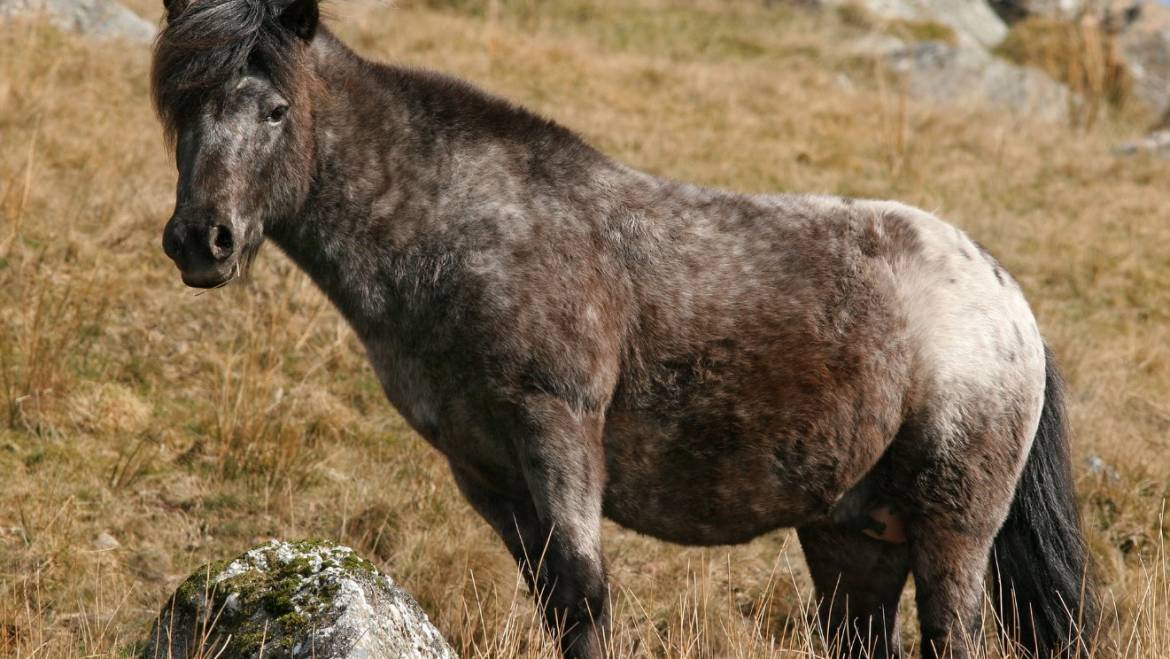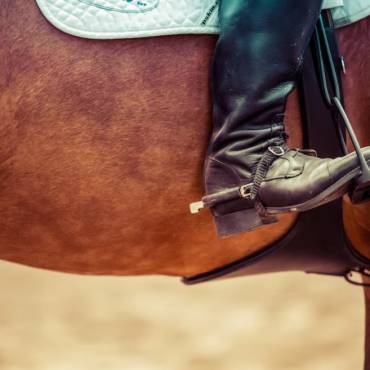Q: Every winter, within a few weeks of putting blankets on my horse, he gets some type of crusty growth on his back—mostly along the top of his rump and hips. I think it may be rainrot. It’s too cold here to bathe him in the winter, so I’ve tried scrubbing the scabs off with a curry and spraying the area with various preparations (M-T-G, Listerine, rubbing alcohol), but nothing seems to help long-term except removing the blanket in spring. I’m hesitant to leave him unblanketed because he’s older (19) and it gets cold here. Do you have any idea why he might be getting this “blanket rash” each year? Is there anything I can do to prevent it? He’s unclipped, but could I clip just that area to help keep it cleaner?
A: I believe you are correct in your suspicion that your horse develops rainrot each season. However, diagnosis of this condition maybe confirmed by your veterinarian performing cytology of the crusts or submitting the crusts to a lab for molecular analysis (PCR).
To develop a treatment and prevention strategy, it is important to understand rainrot. Caused by the bacteria Dermatophilus congolensis, this condition is found around the world and affects many different animal species. D. congolensis is an opportunistic pathogen, meaning that it thrives in certain environmental conditions.
In horses, the main factors that enable this infection to flourish are excessive moisture and skin damage. This moisture may be in the form of rain or increased humidity at the skin level, as occurs when horses are blanketed. The skin damage is microscopic and occurs when chronic moisture disrupts the normal protective function of the epidermis, the outermost layer of skin. A horse’s winter coat contributes to the problem by trapping the moisture near the skin.
For your horse’s problem, I would recommend treatment with a 2 percent chlorhexidine solution. Please note that many over-the-counter preparations do not contain adequate concentrations of chlorhexidine to be effective in this case—be sure to purchase 2 percent chlorhexidine solution.The chlorhexidine treatment can be used as a preventative—before crusts begin to form: Spray the vulnerable areas with the solution daily. Use a gloved hand to help work the solution into the coat and skin. If crusts occur, then apply this solution once to twice daily, gently removing crusts as they loosen.
We never fully get rid of D. congolensis bacteria, so you’ll need to repeat this treatment intermittently throughout the winter while the horse is blanketed. If your horse’s rainrot persists or worsens, consult your veterinarian; a prescription chlorhexidine solution—or a systemic antibiotic—may be required to resolve the infection.
Original article: Clearing up chronic rainrot – Equus Magazine
www.royalequestriancollection.com – check our website to purchase and enjoy our products for your horses and you.





Add Comment